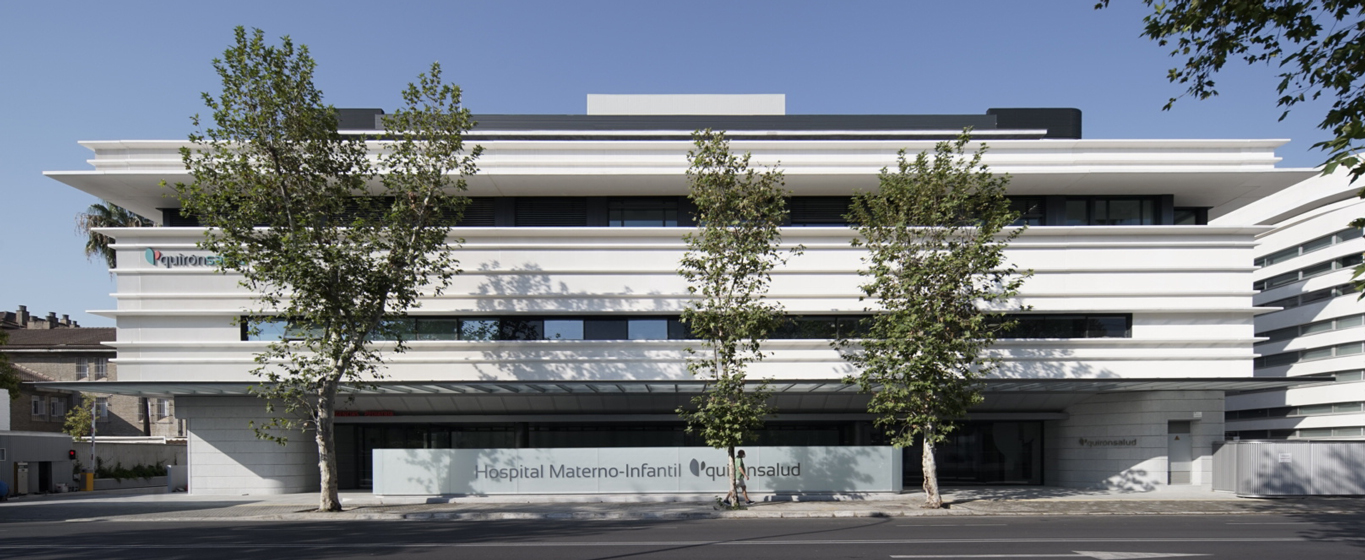Ovarian Reserve Analysis
An ovarian reserve analysis provides information about female fertility. Through a blood test, anti-Müllerian hormone (AMH) levels are measured to estimate the number of stored eggs a woman has.

General Description
The ovarian reserve analysis is performed to determine both the quantity and quality of a woman’s oocytes (germ cells present in the ovaries from birth that mature into eggs) to assess her fertility status. Over time, especially after the age of 35, oocyte quantity and quality decrease, making conception more challenging.
To assess ovarian reserve, a blood test measures anti-Müllerian hormone (AMH), a protein responsible for fetal sexual differentiation during pregnancy. The absence of AMH promotes the development of the female reproductive system, which begins producing this hormone even before birth as ovarian follicles develop, reaching peak levels during adolescence. The amount of AMH in the blood provides an approximate measure of a woman’s egg count, though not their quality, making it an effective marker for evaluating fertility.
When is it indicated?
An ovarian reserve analysis is commonly performed in women with fertility issues as part of a diagnostic study to determine the most appropriate treatment for each case. However, it is also indicated for women aged 25 to 38 who wish to preserve their fertility by freezing their oocytes.
In some cases, this test is also recommended for women who plan to become mothers in the future but want to assess whether they should attempt pregnancy sooner if their AMH levels are moderate or low.
How is it performed?
Ovarian reserve assessment is conducted by measuring anti-Müllerian hormone levels in the blood. A blood sample is collected and later analyzed in a laboratory.
Risks
An ovarian reserve analysis does not pose any health risks.
Some women may feel dizzy during the blood draw. Bruising may also occur at the site where the needle is inserted.
What to expect from an ovarian reserve analysis
On the day of the blood sample collection, it is advisable to wear clothing that allows easy access to the arm. It is normal to feel a small pinch when the needle is inserted, but the discomfort is usually minimal and brief. Women who are apprehensive about needles may lie down and remain in a relaxed environment during the procedure.
After the blood draw, applying pressure with a sterile gauze pad at the puncture site helps prevent bruising. Normal activities can be resumed immediately afterward.
The specialist will explain the results in a follow-up consultation, typically about three days after the sample collection.
In general, when anti-Müllerian hormone levels are very high (above 6 ng/ml), women undergoing fertility treatment are at risk of ovarian hyperstimulation, requiring careful monitoring of medication dosage. Conversely, if levels are very low (below 0.3 ng/ml), ovarian response will be minimal even with medication, making pregnancy more difficult to achieve.
Specialties that request an ovarian reserve analysis
The blood test to determine a woman’s anti-Müllerian hormone levels is conducted in the specialties of gynecology, obstetrics, and assisted reproduction.
How to prepare
No special preparation is required for an ovarian reserve test. The blood draw can be performed at any point in the menstrual cycle, particularly between days 3 and 5 of menstruation, and fasting is not necessary.































































































